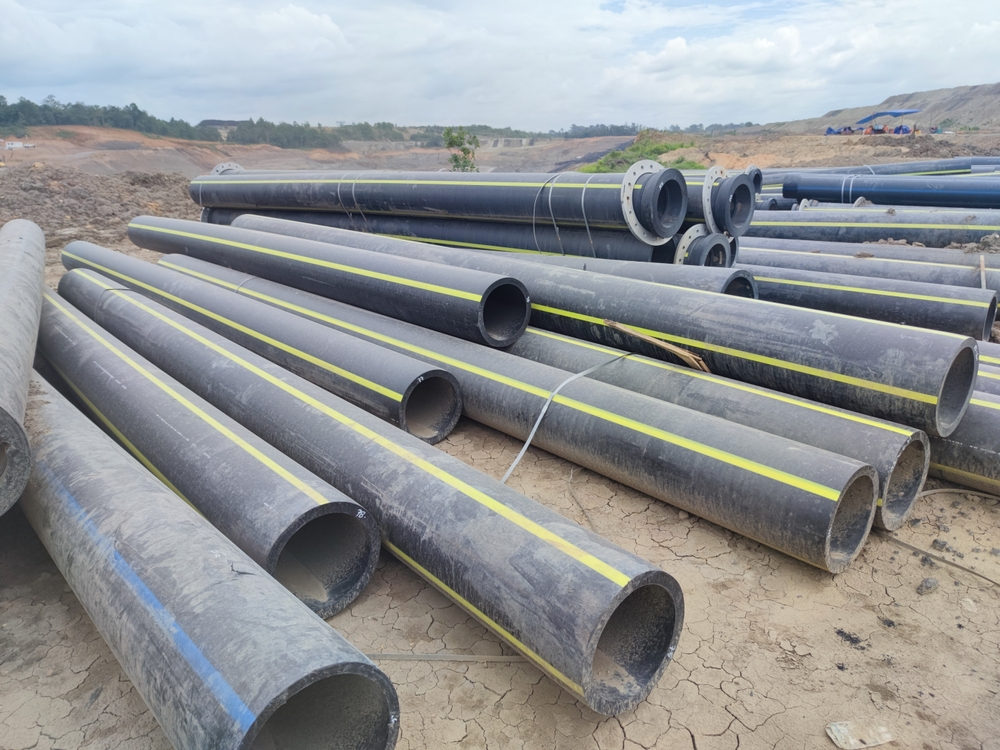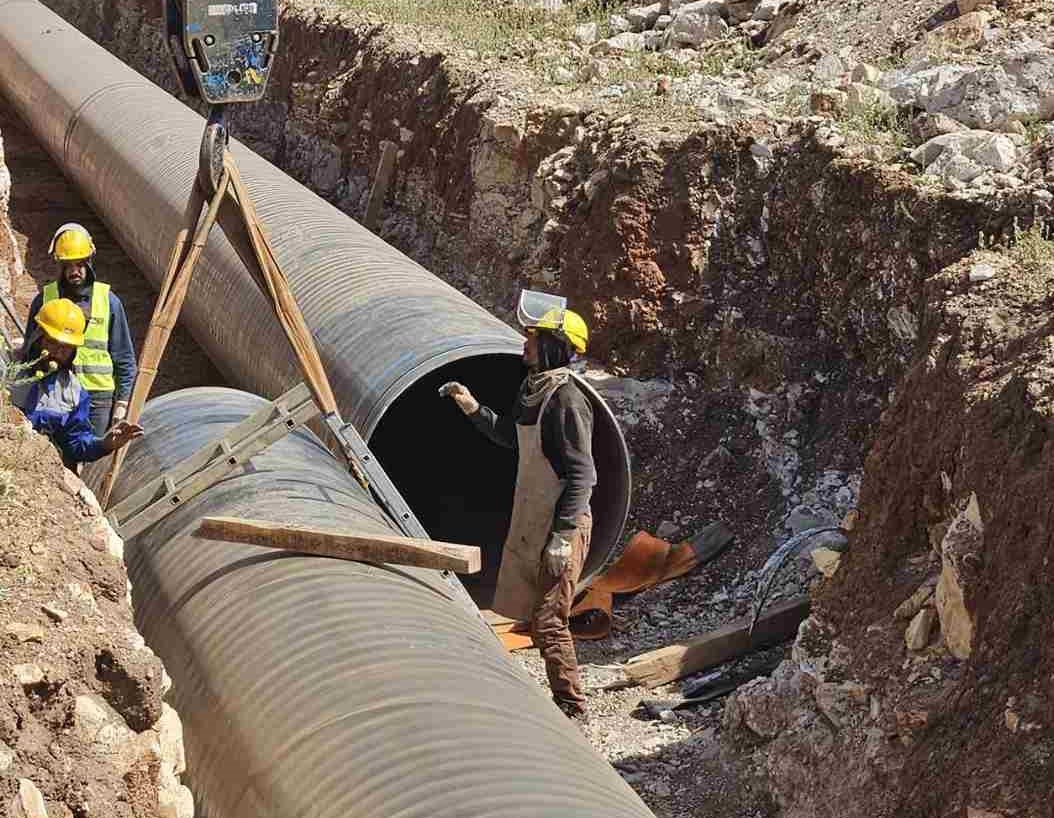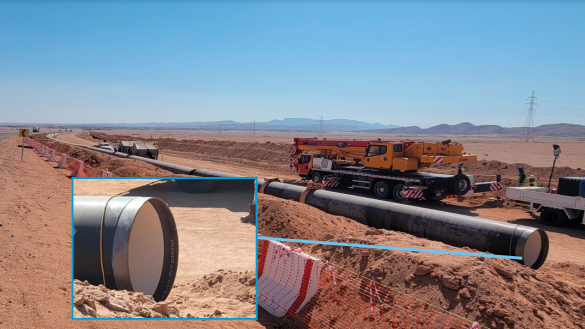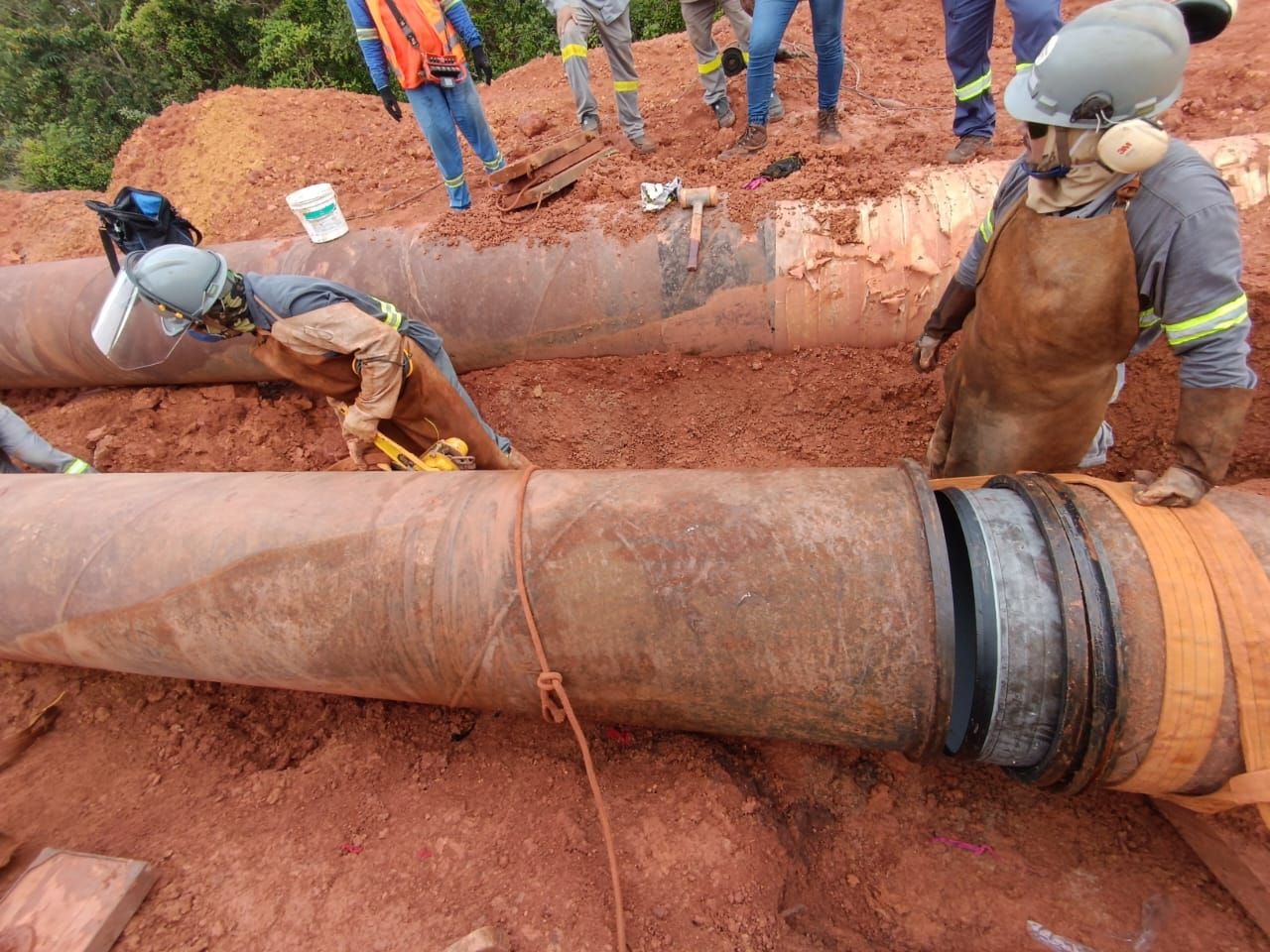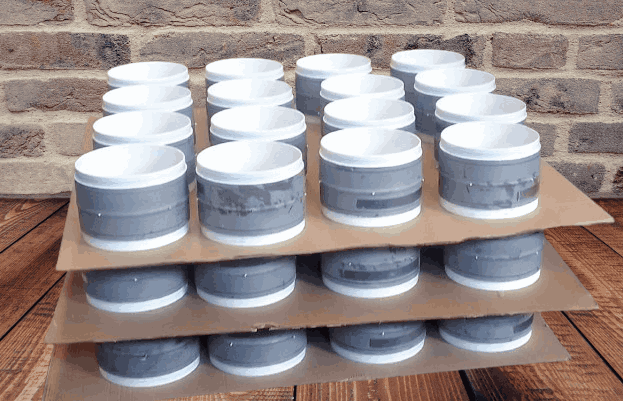HDPE pipe material is a type of flexible plastic pipe used for the transfer of liquids and gases and is often used to replace old concrete pipes or large steel pipes. Made of thermoplastic HDPE, its high degree of non-abrasion and its strong molecular bond makes it suitable for high-pressure pipes.
HDPE pipe material is necessary to meet processing and performance requirements are considered. Pipeline performance prediction methods are discussed and test data are presented to support the prediction process. High-density polyethene is now well established as one of the main components of plumbing systems.
The term high density is used herein to describe solid polyethene and includes recently introduced moderate density materials. HDPE has been used for over 20 years in a wide variety of applications, from pressure piping to water distribution systems and chemical equipment, to uncompressed large diameter of HDPE pipeline and discharge installations.
Tips For Choosing The Best HDPE Pipeline
If you are looking for a plumbing company, it is important to take care of your customers. A little homework can help you over time.
1. Manufacturer
It is difficult to judge its quality at first glance with the appearance of HDPE pipe fitting, many defects are exposed when using, so we can only have a proper judgment after use. Therefore, it is necessary to choose HDPE pipe fittings made by a professional manufacturer with a good reputation and reputation.
2. Technology
People can understand the HDPE pipe installation online first, and then go to the store to take the test, and the store staff will make an introduction to the details of their products, then you will notice that if the pipe installation of HDPE is similar to the Internet said.
3. Material
The preferred material for laying HDPE pipe determines whether the finished product is as functional as expected. Choosing a property as a standard is the basis of a good product. Therefore, people should check your property first before buying.
4. Service
Customers are now more concerned about the service, including the store’s pre-sale service and after-sale service. The pre-sale service will allow them to have a better understanding of the product, and the after-sale service will allow them to trust the quality of the product.
5. Technician
A technical expert is essential for a good product, especially in the manufacturing industry, because a small mistake will lead to the failure of the entire project.
Why Should You Use HDPE Pipes?
1. Cost of operation
HDPE pipes can replace concrete pipes in field systems to save time and cost of repairing broken or burst pipes. HDPE pipe is also a less expensive option compared to other piping materials in terms of operating and installation costs. The pipes are simple and easy to transport, significantly reducing handling and installation costs.
2. Lightweight and Flexible
HDPE pipes are manufactured with strong straight or curved sections. It is made of lightweight materials that are easy to transport and does not require heavy installation equipment such as heavy cranes. The combination of lightweight and flexible structures makes it ideal for earthquake-prone areas. The pipes are not brittle and can be easily inserted into a curved area without additional jointing or welding.
3. Superb Flow Characteristics
HDPE is softer than steel, concrete or steel. It has low stress and turbulent turbulence, especially at high flow rates. Its ‘non-adhesive’ characteristic makes it ideal for retaining the properties of hydraulic fluids. Even HDPE tin tubes are formed in two stages to smooth out the interior.
4. Chemical resistance
Chemicals resistant to HDPE pipes can contaminate the pipe. The pipe does not work with chemicals and does not burn heat or electricity. Therefore, it does not provide an environment that allows microphone feedback to occur.
5. Robustness
HDPE pipes are naturally strong and resistant to damage caused by external loads, high pressure or vibration. The pipes can withstand handling and bend even in cold weather.
Specials and Services
- Safe eyeliner
- HDPE inner tubing
- Smooth Line – Pipeline
- Sliding lining using roller combinations
- Pipe explosion
- Plastic plumbing systems
- Construction of new pipelines
Characteristics of HDPE pipe
- Rust resistance, no leaking, high durability.
- Low pipe wall coefficient, low flow resistance and large transmission capacity
- Cost reduction: excellent flexibility, flexibility, joint reduction and construction.
- Easy installation and construction due to its ‘diverse’ excavation methods
- Easy transportation and handling – Low weight
- Instrument air
- Vapor condensate and descent
- Green water
- Process water
Pros of HDPE pipe
- The advantages of HDPE pipe include good resistance to the effects of low temperatures and good chemical resistance
- Drinking water safety and long-term reliability
- Resistance to rust, tuberculosis, deposit
- Flexibility in installation speed
- Frost resistance
- Light, easy to move
- Low scrap value, to prevent theft in the workplace
- Strength and resiliency to survive job site installation
- No flame used to bond, with many installation and mounting options
- Consumable and environmentally friendly materials
- Heated by fuse to work without problems
Cons of HDPE pipe
- High-temperature rise
- Resistance to adverse weather conditions
- According to the pressure fracture
- It is difficult to bind
- Fire
- Low temperatures
- Low power
FAQs
How are HDPE pipes connected?
Answers: Thermal insulation is the most widely used method for assembling HDPE pipes. It works by heating two ends and tying them together, forming a member that turns parts of the pipe into a single continuous line. Heat integration, while its challenges exist, can create strong and reliable joints.
How strong is HDPE pipe?
Answers: The strength and durability of HDPE can be measured by its ability to withstand temperatures of around 248°F in the short term or even a constant 230°F. If your application includes gas and liquid to access and raise those temperatures, HPDE piping is a reliable solution.
What colour is HDPE pipe?
Answers: Different coloured tubes are used for different applications. For example, a potable water line/potable water pipe is always dark with blue stripes and pipes passing through liquids, liquids under pressure, and process gases are always filled with a yellow or black jacket with yellow lines.
Conclusion
HDPE pipe material have been used in the general industry for over 50 years and their results are astounding, building confidence among manufacturers that they are more focused on HDPE pipe solutions. The cell division of the M294 pipeline has been changed several times.
Times since 1991 Elimination of resin requirements with gauge and adjustment. In the stress fracture resistance test the cell division requirements were weakened. Therefore, it is reasonable to conclude that HDPE pipe built today may have.

